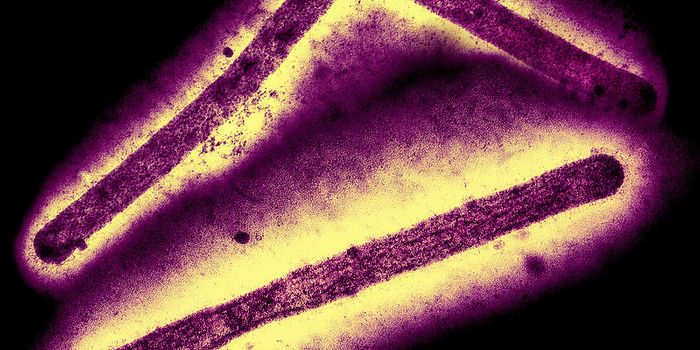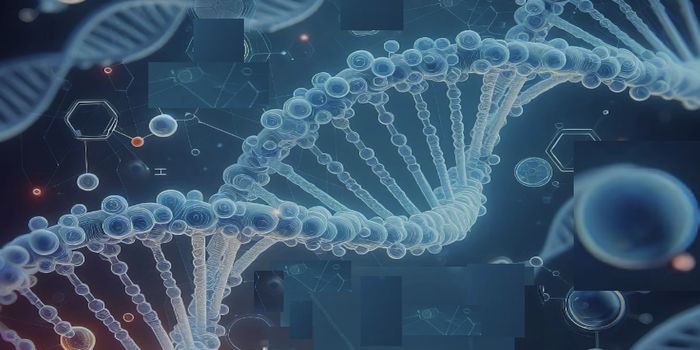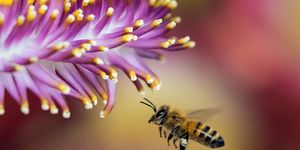Cell Movement Increases as Interactions Increase, Contrary to Assumptions
New research has changed what we know about how cells interact with each other. The work, reported in the Journal of the Royal Society Interface, has indicated that contrary to what's thought, as the number of cells in an environment increases, cell movement increases.
"We were quite surprised," said the lead study author Alex Browning, a graduate student with the ARC Centre of Excellence for Mathematical and Statistical Frontiers (ACEMS) at the Queensland University of Technology (QUT).
"Scientists in the past have thought of cells like people. The more space you've got, the easier it is to move. Turns out, it is more complicated than that. They need more cells before they move," said the project supervisor QUT Mathematics Professor Matthew Simpson.
In this work, the researchers used mathematical models that were recently created by the team, which work well for cell biology studies. They also used a simple tool called a scratch assay, in which a colony of cells is grown in a well. A scratch is etched through the colony, making a cell-free lane in the well that separates two groups of cells. The cells can then be observed as they begin to grow back into the lane. An example of the scratch assay can be seen in the video above.
"We wanted to explore how cell density affected the dynamics of the experiment by quantifying this. Our mathematical and statistical methods allowed us to identify the nature of cell to cell interactions in the experiments that might lead to density-dependent behavior," Browning said.
It's been thought that the movement of cells does not depend on density and is unrelated to interactions between cells. This work showed otherwise. "Our results showed the opposite of what has always been assumed. It turns out, a higher density environment where there are more cell-to-cell interactions actually increased cell movement," added Browning.
The researchers ensured that they controlled the number of cells they started with in their assays, which is usually not taken into account. "Biologists do all sorts of in vitro experiments, where they grow cells in the lab. But there is no standard protocol that tells them how many cells they should put into the well to run their experiment. Our results show that it matters how many cells they use," noted study co-author and QUT mathematical biologist, Dr. Wang Jin.
"People often don't change things. The simplest thing we have done here is to change the initial number of cells," Simpson said. "By changing some of the most fundamental features of these experiments, which is so basic that no one ever questions, we actually learn an awful lot."
Sources: Phys.org via Queensland University of Technology, Journal of the Royal Society Interface








